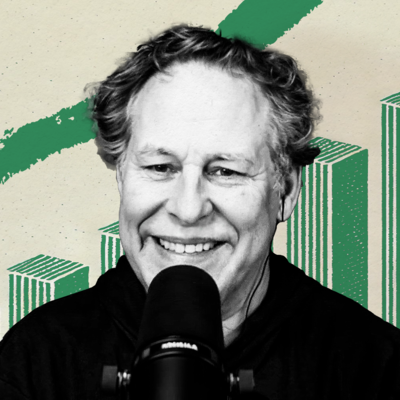
Now that Dan Shipper has recorded 34 episodes of AI & I, we thought it was an opportune time to revisit some of the best advice shared for using AI. Rhea Purohit created this guide, filled with actionable tips from podcaster Dwarkesh Patel and Shopify’s former director of production engineering Simon Eskildsen, about how AI can deepen and accelerate your learning. The podcast has been on a break for the past few weeks—we’ll be back with all-new episodes in two weeks.—Kate Lee
Was this newsletter forwarded to you? Sign up to get it in your inbox.
Dwarkesh Patel and Simon Eskildsen are on a mission to learn everything—and they’re using LLMs to get there faster.
Dan Shipper interviewed the two on our podcast AI & I. Patel hosts the Dwarkesh Podcast, where he goes deep with guests like Mark Zuckerberg, Tony Blair, and Marc Andreessen. Before each conversation, Patel learns as much as he can about his interviewee’s field of expertise. Recently, he’s integrated AI into that process.
As for Eskildsen, Dan first interviewed him in 2020, when he told us about using books to go from being a Shopify intern to the company’s director of production engineering. Eskildsen’s thirst to learn continues today in his role as cofounder and CEO of AI startup turbopuffer, where he’s building a search engine to make vector search—information retrieval that uses machine learning to gather context—easy and affordable to run at scale.
Read on for some of Patel and Eskildsen’s tips on learning better—and faster—with AI. We cover:
- What drives us to learn
- How to curate great information
- How to use AI to accelerate learning
- How to remember what you learn
- The future of learning
Become a paid subscriber to Every to unlock this piece.
The Only Subscription
You Need to
Stay at the
Edge of AI
The essential toolkit for those shaping the future
"This might be the best value you
can get from an AI subscription."
- Jay S.
Join 100,000+ leaders, builders, and innovators

Email address
Already have an account? Sign in
What is included in a subscription?
Daily insights from AI pioneers + early access to powerful AI tools






.31.48_AM.png)
